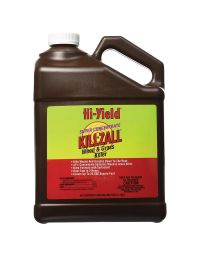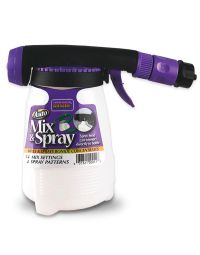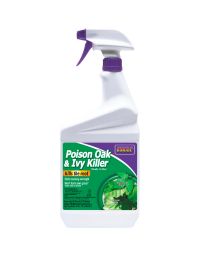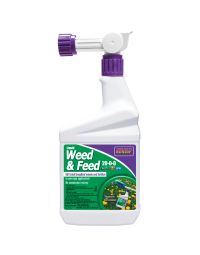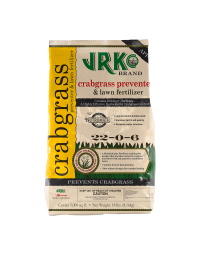There are two types of weed killer. Pre-emergent and Post-emergent. Apply a pre-emergent before you see weeds. Apply Post-emergent when weeds are actively growing and you can see them but before the real heat of summer arrives for best results.
Pre-emergent herbicides do not prevent the germination of the seed, but help control it so that it will not sprout. Due to the way herbicides work, application timing is the most important aspect of weed prevention success.

Prevention is key for Crabgrass. Click HERE to buy online. Always follow the directions on the package.
Pre-emergent instructions:
- Early spring (mid April to mid May) is the best time to apply a pre-emergent. Typically this is used for crabgrass control in our area. More complete information on crabgrass control is HERE.
Post Emergent Weed killers are a contact killer
Post Emergent Weed killers are a contact killer, they absorb the chemical through what comes in contact with the leaf surface and then translocates the chemical throughout the plant. Since weed killers are dependent on contact, it is very important to get good contact with the weed.
Post-emergent instructions:
- Apply weed killer (granular or liquid) around a predicted rainfall or sprinkler application, and severe hot days or mowing schedule.
- Granular weed killers should be applied when grass is damp and should not be watered for 48 hours after application. The dampness of the grass ensures the granular weed killer will "stick" to the leaf. Water applied too soon after application can wash off the weed killer before it can be absorbed.
- Don't mow the grass before applying weed killers. Plan to leave your grass uncut for five days before application and two days after.
- Stay off your lawn for one day after application.
NOTE: During drought conditions or if you are having trouble getting adequate control, add a spreader sticker (aka surfactant or wetting agent) which will increase absorption of the weed killer. Some of Gertens weed killers have a surfactant in them. Read the label. During stress periods, plants tend to be more defensive and the addition of surfactant can be beneficial. This type of chemical additive acts as a buffer, breaking up the surface tension of a liquid. In weed control products, they are used to help break down the plant’s resistance in absorbing the chemical being applied to it.
Gertens offers the easy JRK 4-step Program
JRK offers a 4-step program for complete lawn care through the seasons.
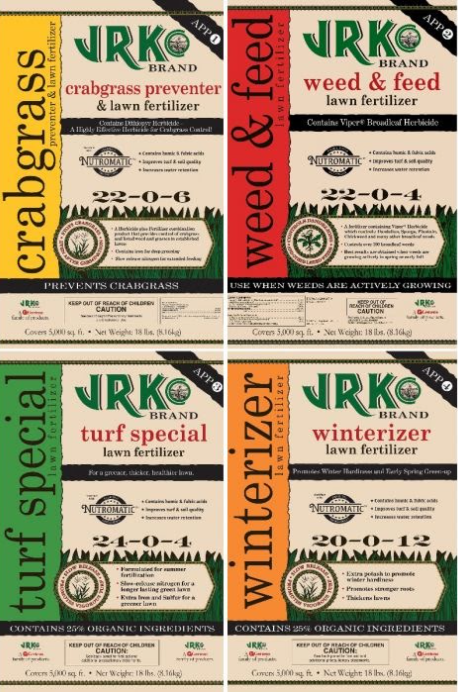
The experts at Gertens are always available to answer your questions!
List of weeds:
Comprehensive weed list from the University of Minnesota Extension

